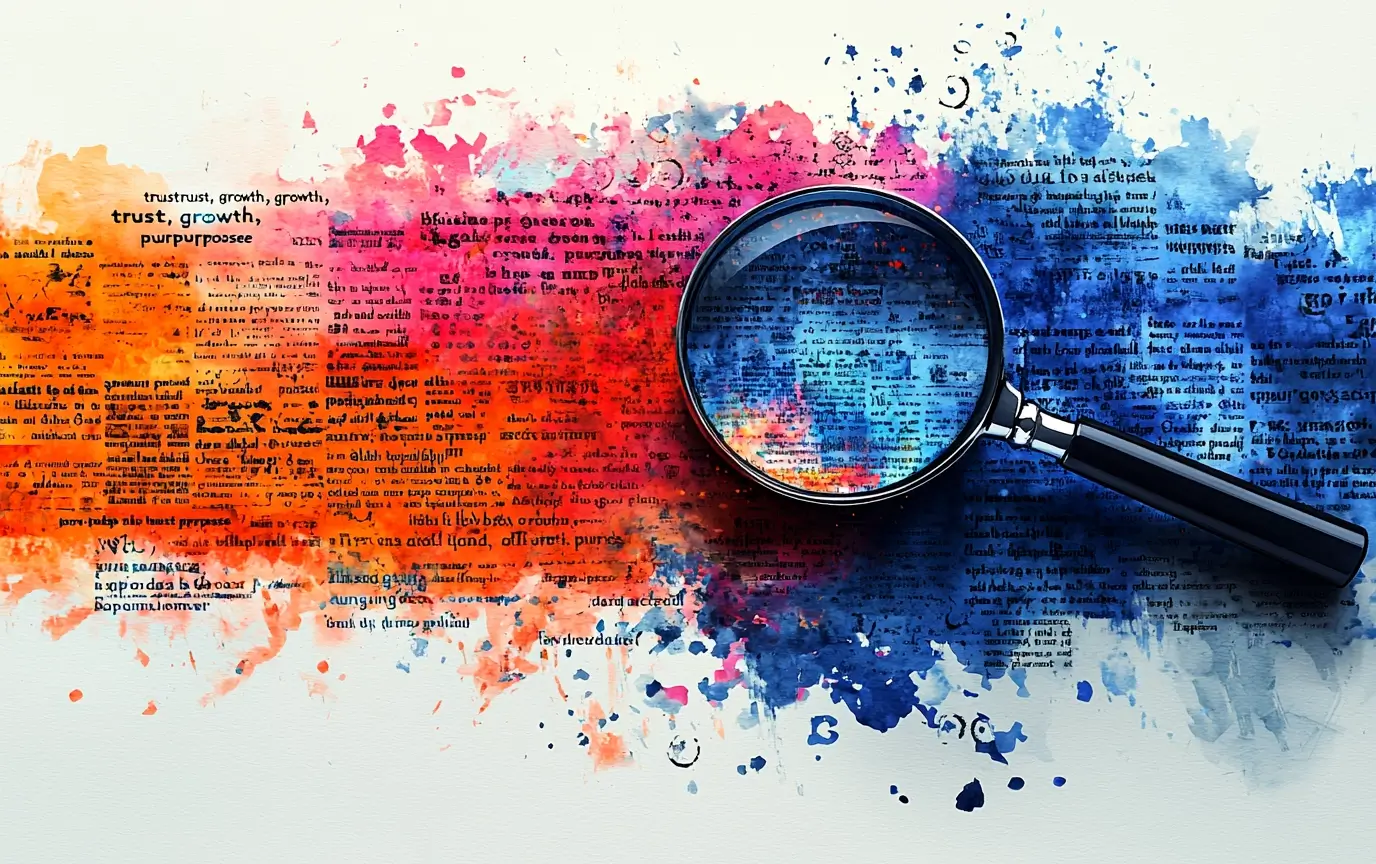5 Reasons Why You Should be Using Behavioral Science as a CX Professional

As a Customer Experience (CX) professional, your role centers around understanding customer needs and ensuring that interactions with your company are as satisfying and effective as possible. This involves everything from resolving customer queries to designing user-friendly interfaces and creating compelling marketing strategies.
But have you ever considered that the key to elevating these tasks could lie in behavioral science?
Behavioral science is the multidisciplinary study of human behavior, and it challenges the notion that customers make rational decisions.
This school of thought delves into the unconscious motivations for customer decisions. Behavioral Science strategy helps you identify the unconscious biases and heuristics that influence customer behavior. This is a powerful tool that can offer deep insights into your customers and refine your CX strategy.
1. Decoding Customer Behavior

The first step in enhancing CX is understanding what drives your customers. Behavioral science offers a structured lens to decipher what influences decisions, perceptions, and actions. For example, 'loss aversion,' a concept from behavioral economics, shows people are generally more motivated to avoid losses than to acquire equivalent gains.In an early study, an experimenter observed loss aversion through the supply and demand of eggs.
When there was a 10% price increase on eggs the demand decreased by 7,8%, and when there was a 10% decrease in the price of eggs, the demand only increased by 3,4%.By emphasizing the potential losses customers might incur without your product or service, you can sway purchasing decisions and boost sales.
2. Hyper-Personalization
Personalizing experiences for each unique customer is paramount in CX. Behavioral science, paired with AI and machine learning, can predict, and interpret customer behavior, paving the way for hyper-personalization. For example, data might show that a customer responds better to email marketing over social media promotions. Harnessing this insight allows you to adjust your communication strategy and provide a more personalized experience.
You can use the following AI tools to help you create personalised experiences:
3. Boosting Customer Satisfaction

Applying behavioral science can significantly elevate customer satisfaction and loyalty. The 'peak-end rule' is a psychological principle stating that people judge an experience mostly based on its peak (most intense point) and end.In an experiment, participants were told to put their hands in ice-cold water for 60 seconds. In the next scenario, participants were told to put their hands in ice-cold water for 60 seconds and for an extra 30 seconds while the water warmed up. Researchers then asked participants which scenario they preferred, and results revealed that most participants preferred the second scenario, even though the uncomfortable experience lasted longer. This was attributed to the peak-end rule because, toward the end of the journey, participants could feel the water warm, which caused them to prefer option 2.Businesses can benefit from this rule to strategically engineer experiences with strong positive peaks and endings, enhancing the overall satisfaction.
4. Influencing Behavior with Nudges
'Nudging' is a behavioral science technique where customers are subtly guided towards desired behaviors while preserving their freedom of choice. It's a handy tool for directing customers towards beneficial actions like signing up for newsletters or making eco-friendly choices. Simple nudges could include rearranging menu items or reframing how options are presented.
5. Proactive Problem-Solving
Lastly, behavioral science aids in identifying patterns in customer behavior for proactive problem-solving. By anticipating issues before they occur, you can implement preventive measures. For example, if customers frequently abandon their shopping carts due to a lengthy checkout process, you can work to make the process more efficient and reduce customer frustration.
To illustrate these principles in action, consider an experiment conducted by a renowned online retailer. They hypothesized that customers abandon carts due to perceived long delivery times and applied the principle of “Present Bias” (people generally preferring immediate rewards over future ones). The retailer tested two sets of language: "Get it in 7 days" vs. "Get it by next Friday". The latter, giving a specific date but technically the same timeframe, led to a significant decrease in cart abandonment, showing how a simple tweak based on behavioral science can improve CX.
Using behavioral science ethically and responsibly allows you to decode customer behavior, personalize experiences, boost satisfaction, subtly influence decisions, and pre-emptively tackle issues. This multidisciplinary approach could be the game-changer your CX strategy needs, unlocking insights that can set your business apart in a customer-centric world.
Check Renascence's Signature Services

Behavioral Economics
Discover the power of Behavioral Economics in driving customer behavior.

Mystery Shopping
Uncover hidden insights with our mystery shopping & touchpoint audit services.

Experience Design
Crafting seamless journeys, blending creativity & practicality for exceptional experiences.
Experience Loom
Discover the latest insights from industry leaders in our management consulting and customer experience podcasts.
The Naked Customer. Episode 3. Customer Loyalty, Brand Loyalty & CX
In this episode of The Naked Customer Podcast, host Aslan Patov is joined by JD Ackley, CEO of RAIZOR AI, to explore the evolving role of AI in customer experience (CX) and its impact on automation, job security, and creativity.
In this episode of The Naked Customer Podcast, host Aslan Patov is joined by Mark Hamill, CEO & Co-founder of ARCET Global, to explore the evolution of Customer Experience (CX) and its growing role in business transformation.
In this episode of The Naked Customer Podcast, host Aslan Patov is joined by Mark Hamill, CEO & Co-founder of ARCET Global, to explore the evolution of Customer Experience (CX) and its growing role in business transformation.
In this episode of The Naked Customer Podcast, host Aslan Patov is joined by JD Ackley, CEO of RAIZOR AI, to explore the evolving role of AI in customer experience (CX) and its impact on automation, job security, and creativity.
Experience Journal's Latest
Stay up to date with our informative blog posts.
%20in%20Healthcare.%20A%20Cure%20for%20Patient%20Pain%20Points.webp)
Customer Experience (CX) in Healthcare: A Cure for Patient Pain Points
%20Trends%20in%202026.%20What%20to%20Expect.webp)
Digital Transformation (DT) Trends in 2026: What to Expect

Behavioral Economics for Business: How Companies Use It Every Day
%20How-To.%20Practical%20Tips%20That%20Work.webp)
Employee Experience (EX) How-To: Practical Tips That Work
.webp)
The Critical Factors Influencing Employee Experience (EX)
%20Jobs.%20How%20To%20Succeed%20in%202025.webp)
Remote Employee Experience (EX) Jobs: How To Succeed in 2025
%20for%20SMEs%20in%20the%20Middle%20East.%20What%20Works%20and%20What%20Fails.webp)
Customer Experience (CX) for SMEs in the Middle East: What Works and What Fails

Why CX Starts With EX in 2026: Culture, Connection, Performance
%20Wheel.%20Mapping%20Outcomes.webp)
The Employee Experience (EX) Wheel: Mapping Outcomes

Behavioral Economics Can Best Be Described As "Psychology Meets Economics"

Behavioral Economics Is More Than Just Numbers

Behavioral Economics Explains Why People Are Irrational: And What to Do About It

Is Behavioral Economics Micro or Macro? Understanding Its Scope
%3F%20Strategies%20for%20Modern%20Organizations.webp)
How McKinsey Approaches Employee Experience (EX)? Strategies for Modern Organizations

Behavioral Economics Is Dead: Debates on Its Future
%20Leader%20Do%3F.webp)
What Does an Employee Experience (EX) Leader Do?
%20Leader%20Do%3F.webp)
What Does an Employee Experience (EX) Leader Do?
%20Is%20Important%20in%202026.webp)




